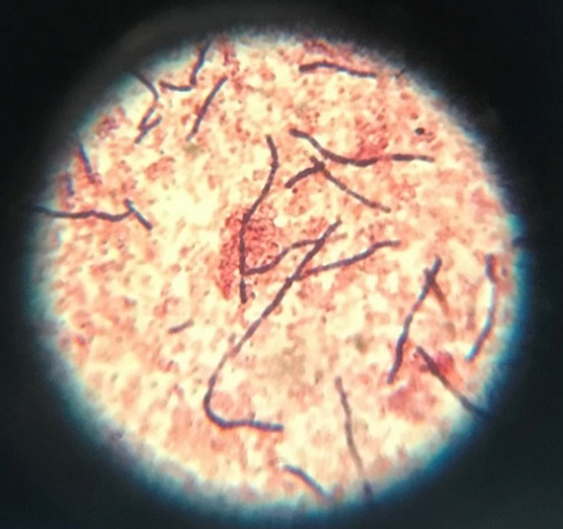In the treatment of industrial wastewater, large amounts of sludge are generated as a result, requiring its extraction to be treated or that can be used as composting.
In most industrial wastewater treatment plants (WWTP), the formation and treatment of this sludge is a critical point that is difficult to manage, generating, on the one hand, an economic cost and, on the other, a problem of managing the space occupied by those effluents.
As far as possible it is convenient to concentrate and encapsulate the sludge, it can be managed more conveniently and economically, and mixing with the liquid phase can also be avoided.
All of this is possible thanks to biotechnology.
AMAPEX ENVIRONMENT has carried out, within the framework of a study for a vegetable oil refinery, an experimental treatment in the activated sludge system of its treatment plant.
The study consisted of taking a sample of the sludge generated by the treatment plant, sludge with high loads of organic matter from vegetable oils. Carry out a comparative analysis between: the sludge generated with the treatment of the AMAPEX system of microorganisms and trace elements, and the sludge generated by the conventional treatment of the industrial treatment plant.
Once both samples were treated, the Diluted Sludge Volumetric Index (DSVI, in 30 minutes) of each of the samples was evaluated.
The sludge resulting from the treatment with the AMAPEX system settled faster than the sludge to which the conventional treatment process was applied.
Greater sedimentation than with the conventional process.
Likewise, a substantial reduction of the V30 ‘(Volume of the range occupied in 30 minutes of sedimentation) in the reactor sludge was achieved with the AMAPEX system (less than half the volume of sludge generated in 30 minutes), probably due to the generation of exopolymers and the way of organizing the microorganisms in the consortium, increasing flocculation and cohesion (Figures 1 and 2).

Figure 1. Activated sludge sedimentation test vs. activated sludge with AMAPEX treatment. (V30diluted).

Figure 2. Networks of microorganisms generated within the activated sludge flocs with AMAPEX treatment (1000X in bright field; GRAM staining).
The application of the AMAPEX treatment to the sludge facilitates the solid-liquid separation and reduces the discharge of sludge. Achieving greater dryness, reduction in the volume of sludge and, as a consequence, cost savings in its elimination.
The reduction in the volume of the sludge and the economic cost of the chemical flocculating agent used to treat the sludge are a potential benefit of this new Amapex System, compared to other traditional methods of sludge treatment.
This Amapex solution can have excellent results in various industrial sectors for which it would be necessary to carry out tests in situ and with the results assess the potential for economic savings and environmental benefits that it would offer according to industrial activity.
If you want more information about this solution for the treatment of sludge in treatment plants, you can contact us through our contact form. We also invite you to follow our Linkedin page.